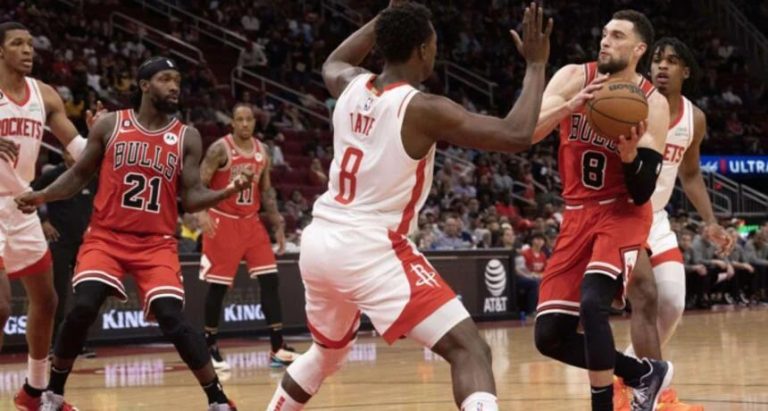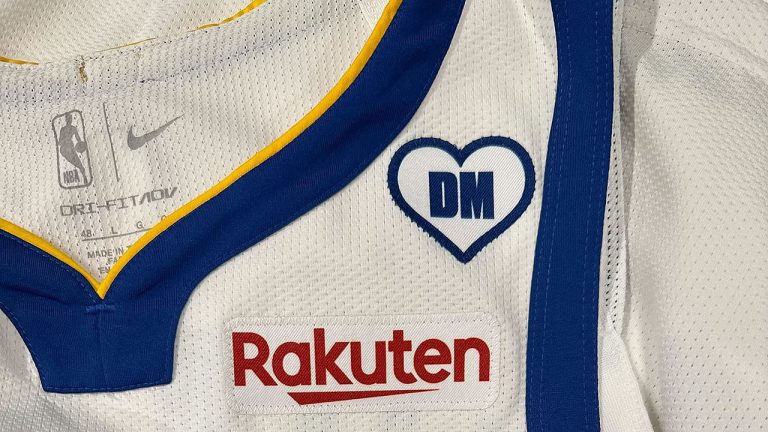A Concise History of Major Professional Baseball Leagues

Baseball is a beloved sport with a long tradition in America. Though it originated from primitive English games, baseball evolved immensely on American soil and became the national pastime. The emergence and growth of professional baseball in the U.S. is intertwined with the formation of leagues and associations on a national scale.
The path to contemporary Major League Baseball was marked by momentous mergers, expansions, and realignments of these prestigious leagues. Let’s explore the history of the formation of major baseball organizations together with 24hscore in the article below.
The Genesis of Organized Baseball
As a fresh season beckons, a retrospective glance at baseball’s evolution into an organized sport feels fitting. Rather than focusing solely on players and teams, it’s pivotal to spotlight the structural underpinnings that laid the groundwork for professional baseball.
Back in 1857, the inception of the National Association of Base Ball Players marked a pivotal moment. Its aim? To nurture baseball as an amateur pursuit and codify a standardized rule set. However, the ambitions of certain well-endowed clubs stretched beyond amateurism. Their vision extended to the professional realm, culminating in the formation of the National Association of Professional Base Ball Players in 1871.
Often referred to as “The Association,” this body required clubs to pay a $10 membership fee, paving the way for a more professionalized landscape within the sport.

The Rise and Challenges of the National Association of Professional Base Ball Players
During its tenure from 1871 to 1875, the National Association of Professional BaseBall Players (often abbreviated as NA) emerged as a pivotal milestone in North American sports history. While not recognized as a major league by Major League Baseball, it stands as one of the earliest professional sports leagues on the continent. Notably, the NA’s membership comprised clubs rather than individual players, contrary to its title.
However, its inception faced a tumultuous start. The dominance of the Boston Red Stockings, interference from gambling interests, player poaching, erratic compensation, and the absence of a standardized schedule plagued the Association. Moreover, several clubs found themselves in smaller markets unsupportive of professional franchises, leading to a frequent shuffle, with teams folding and emerging intermittently.
In response to these challenges, a coalition of core clubs situated in major cities coalesced to establish the National League, setting the stage for a more structured and enduring professional baseball landscape.

Evolution of National League Franchises: 1876 to 1889
The inception of the National League in 1876 marked a pivotal moment in baseball history, commencing with eight founding franchises across prominent cities like Chicago, Boston, St. Louis, Philadelphia, New York, Brooklyn, Cincinnati, and Louisville. While the initial six were affiliated with the NAPBBP, the latter two stood as independent clubs.
However, within five seasons, only Boston and Chicago endured, highlighting the league’s resilience despite turbulence. Challenges surfaced early on, leading to the expulsion of the Mutuals of New York and Philadelphia Athletics for their refusal to honor travel commitments to western cities.
Subsequent seasons witnessed shifts and controversies. Gambling scandals led to the removal of Louisville Grays, St. Louis Brown Stockings, and Hartford Dark Blues, replaced by emerging teams from smaller leagues. Yet, these replacements were short-lived, folding after a single campaign.
Further upheaval ensued, notably with Cincinnati’s expulsion due to rule violations, subsequently replaced by a Detroit franchise. Despite these transitions, the Chicago White Stockings (now the Cubs) and Boston Red Stockings (later Boston Beaneaters, Braves, and now Atlanta Braves) have sustained their presence, tracing their lineage to the National Association, establishing themselves as the oldest franchises in the league’s history.
While fifteen franchises joined the league in subsequent seasons, only the New York Gothams (later Giants) and Philadelphia Quakers (later Phillies) remained from the 1883 intake.
The league experienced flux, witnessing failed franchises replaced by emerging ones or former host cities reclaiming their positions. Despite these shifts, the National League admirably maintained a roster of at least eight teams annually from 1879 to 1891.
This period of transformation shaped the foundational fabric of the National League, evolving and persevering through triumphs and trials, solidifying its status as a cornerstone in baseball’s rich legacy.

Evolution of the American Association Franchises
In 1882, the American Association inaugurated its presence with a lineup of six formidable teams: the St Louis Brown Stockings (now recognized as the Cardinals), Cincinnati Red Stockings (now the Reds), Pittsburgh Alleghenys (known today as the Pirates), Louisville Grays, Baltimore Orioles, and Philadelphia Athletics. Remarkably, these charter franchises sustained professional baseball operations, enduring well into the late 19th century, with five persisting into the new century.
Distinguished from the more conservative National League, the American Association adopted a liberal approach, hosting games on Sundays and embracing alcohol sales, earning the moniker of “The Beer and Whiskey League.” Their admission tickets, priced at 25 cents, offered a stark contrast to the National League’s higher rates.
The baseball atmosphere, marked by rowdy crowds and uncensored language, discouraged female attendance. In a bid to counter this trend, the Association designated Thursdays as “ladies’ day” in 1883, aiming to entice women to the ballparks amidst the influence of alcohol.
The arrival of the Brooklyn Atlantics, later known as the Dodgers, in 1884, and the Washington Statesmen, later the Senators, in 1891, expanded the Association’s roster. However, the league witnessed a revolving door of franchises, with a dozen teams rising and falling during its decade-long existence. Often, these clubs found homes in cities where National League teams struggled to establish a foothold.
The narrative of the American Association was marked by innovation and divergence from established norms, leaving an indelible mark on the trajectory of professional baseball.

The Colossal Consolidation
Amidst the competitive landscape of late 19th-century baseball, the American Association, despite a core group of consistent franchises, faced challenges from defections to its rival, the National League. Key clubs like Pittsburgh, Cleveland, Brooklyn, and Cincinnati left the Association to join the National League, seeking greater opportunities and a more favorable platform.
The amalgamation of the two leagues wasn’t a swift merger but rather a gradual process. Eventually, four American Association clubs consented to merge with the National League, while the remaining clubs were financially absorbed. This union strengthened the National League, expanding its roster to 12 teams for the 1892 season, with eight originating from the American Association.
Post-1899, the National League dropped former American Association franchises like Baltimore Orioles, Cleveland Spiders, Louisville Colonels, and Washington Senators due to attendance concerns, despite their prowess on the field.
By the turn of the century, the National League comprised eight teams, including four from the American Association, namely Boston Beaneaters, Chicago Orphans, New York Giants, Philadelphia Phillies, along with Brooklyn Superbas (Dodgers), Cincinnati Reds, Pittsburgh Pirates, and St Louis Cardinals. Each of these franchises persisted into the 20th century, with a remarkable stretch of 70 seasons without a franchise folding or relocating until the Braves’ move to Milwaukee in 1953.
Simultaneously, the Players’ League emerged in 1891, causing player defections and intensified competition for the American Association, leading to its eventual closure after the 1891 season.
Meanwhile, the Western League, operating as a minor league since 1885, experienced a turning point when Ban Johnson assumed the presidency in 1893. Under his leadership, the league expanded, adopted the name “American League” in 1900, aiming to recruit top talent and fill the void left by the defunct American Association.







